The “Maximum Ride Font” isn’t a single official typeface used across the entire book series. Instead, it refers to the distinct, often distressed, stencil-like font seen on the covers, particularly in the title treatments. It evokes a sense of urgency, rebellion, and the airborne nature of the characters. This guide will delve into understanding this style and how to find or create similar fonts for your own projects.
Hello design lovers! Jillur Rahman here from FontOrbit, where we make fonts and typography easy to understand. Ever looked at the iconic covers of the Maximum Ride books and wondered about that cool, edgy font? It’s a style that grabs your attention instantly! Many of you have asked about this specific “Maximum Ride Font,” and it’s a common point of curiosity for fans and designers alike. The truth is, it’s not a named font but a deliberate design choice that defines the series’ look. Don’t worry if you’re new to this; we’ll break down what makes it so special and guide you on how to achieve a similar vibe for your own creative projects. Ready to explore this exciting typographic territory?
Understanding the “Maximum Ride Font” Style
When people talk about the “Maximum Ride Font,” they’re usually referring to the distinctive typography used on the book covers, especially for the title. This isn’t a single, officially licensed font that you can download and use across all the books. Instead, it’s a stylistic representation, a typographic mood that the designers aimed to capture. This style is characterized by a few key elements:
- Stencil Effect: This is perhaps the most defining feature. Many versions of the “Maximum Ride Font” incorporate a clear stencil look, where parts of letters are cut out, as if the text was spray-painted through a stencil.
- Distressed or Grungy Texture: The font often appears weathered, worn, or slightly damaged. This could be subtle cracks, roughened edges, or an overall gritty feel.
- Bold and Angular: The letterforms are typically strong, with sharp angles and a sense of power or aggression. This complements the themes of the series (action, survival, rebellion).
- Often Uppercase: The title treatments predominantly use all capital letters, which enhances the bold and impactful nature of the font.
- Slightly Condensed or Wide: Depending on the specific cover, the letterforms might be a bit condensed to save space or slightly wider to feel more imposing.
This combination of traits creates a visual language that speaks volumes about the Maximum Ride series. It suggests escape, danger, and a raw, untamed energy, much like the genetically engineered children with wings who are on the run.
Why This Font Style Resonates
The “Maximum Ride Font” style is highly effective for several reasons, especially within the context of the book series:
- Evokes Movement and Freedom: The stencil and distressed qualities can hint at breaking free, escaping confinement, or having a rugged, on-the-go existence.
- Conveys Urgency and Danger: The bold, angular, and sometimes fragmented nature of the letters gives a sense of immediate action and peril.
- Memorable and Distinctive: It stands out on bookshelves and in online listings, making the series easily recognizable.
- Appeals to the Target Audience: For a YA (Young Adult) audience interested in action, fantasy, and slightly darker themes, this aesthetic strongly aligns with their interests.
Designers often use these typographic choices to visually communicate the essence of a story before a reader even opens the book. The “Maximum Ride Font” did a fantastic job of setting the tone for an adventure-filled saga.
Finding Fonts Similar to the “Maximum Ride Font”
Since there isn’t one official “Maximum Ride Font,” the key is to find typefaces that share its core characteristics. This involves looking for fonts with stencil, distressed, or grunge qualities. Here’s how you can approach your search:
Step-by-Step Search Strategy
- Identify Key Features: As we discussed, focus on stencil cuts, rough textures, bold strokes, and uppercase dominance.
- Use Descriptive Keywords: When searching font libraries, use terms like:
- “Stencil font”
- “Distressed font”
- “Grunge font”
- “Military stencil font”
- “Action font”
- “Urban stencil”
- Explore Reputable Font Libraries: Websites like Google Fonts, Adobe Fonts, Font Squirrel, MyFonts, and DaFont host thousands of fonts, both free and paid.
- Look at Display Fonts: These types of fonts are designed for titles and headlines, where impact and style are more important than extended readability.
- Consider Font Families: Some font families offer various weights and styles (regular, bold, italic, distressed versions), giving you more flexibility.
Recommended Font Types and Examples
While the exact font used on specific Maximum Ride covers might vary or be custom-designed, here are categories and actual font examples that capture a similar spirit:
Stencil Fonts:
These are fonts designed with the characteristic gaps found in traditional stencils.
- Oswald (Google Fonts): Though cleaner, Oswald has a somewhat condensed and utilitarian feel that can be a good base. Pair it with textures.
- Anton (Google Fonts): Another bold, condensed option that can work as a starting point.
- Impact (System Font): A widely available, very bold sans-serif that can be distressed.
- Stardos Stencil (Google Fonts): A more literal stencil font that’s clean but has the cut-outs.
Distressed & Grunge Fonts:
These fonts have built-in textures or imperfections to give them a worn look.
- Bebas Neue (Google Fonts – requires texture addition): Similar to Oswald and Anton, it’s a strong, condensed sans-serif. You’d add distressing effects.
- League Gothic (League of Moveable Type): Tall, condensed, and authoritative. Again, texture is key.
- Many Paid Options: On sites like MyFonts, you’ll find countless “grunge,” “distressed,” or “army” fonts. Search for terms like “Rough Stencil” or “War Paint.”
Handwritten/Brush Fonts (Less Common but Possible):
Occasionally, a cover might lean towards a more aggressive, rough handwritten style. These are less likely to be the primary “Maximum Ride Font” but could feature in variations.
- Permanent Marker (Google Fonts): A strong, marker-like font.
- Blackletter/Gothic Styles (with a twist): While traditional, some modern interpretations can have a rugged, impactful feel if altered.
Pro Tip: Often, designers don’t just pick a font; they modify it. They might apply textures, roughen edges in vector software, or combine a bold font with a grunge overlay to achieve the final look. Tools like Adobe Photoshop or Illustrator are essential for this.
How to Achieve the “Maximum Ride Font” Look in Your Designs
Whether you’re designing a book cover, a website banner, or social media graphics, you can replicate the impactful style of the “Maximum Ride Font.”
Option 1: Using a Stencil Font
This is the most direct route. Find a stencil font and use it for your main text. Consider these points:
- Readability: Stencil fonts can sometimes be challenging to read in large blocks of text. They are best suited for short, impactful titles and headlines.
- Weight and Style: Look for stencil fonts that are bold and have clear, strong letterforms.
- Context: Ensure the stencil style fits the overall theme of your project.
Option 2: Mimicking with a Distressed Font
Start with a bold, impactful sans-serif font (like Impact, Bebas Neue, or Oswald) and then add distress effects. This gives you more control.
Adding Distress Effects:
- Find Textures: Search for “grunge textures,” “distressed paper textures,” or “splatter textures” online. Look for high-resolution images.
- Apply the Texture: In graphic design software (like Photoshop):
- Type your text in a bold font.
- Place a texture image over your text.
- Create a clipping mask (or use layer blending modes like “Multiply” or “Overlay”) to apply the texture to the text.
- Experiment with different blending modes and textures to get the desired gritty, worn, or rough stencil-like appearance.
- Refine Edges: You might need to use a brush tool with a textured or spatter effect to subtly rough up the edges of the letters, further enhancing the stencil or distressed look.
Option 3: Customizing and Combining
For a truly unique look, you can combine elements. For example:
- Start with a bold, sans-serif font.
- Manually add stencil cuts using vector editing tools (like pen tool in Illustrator).
- Apply grunge textures and weathering effects.
- Even incorporate subtle handwritten or brush elements if appropriate for your theme.
The goal is to blend boldness, fragmentation (stencil cuts), and texture to create that powerful, on-the-run aesthetic.
Key Considerations for Using This Style
When adopting the “Maximum Ride Font” aesthetic, keep these design principles in mind:
Legibility vs. Impact
This style is all about impact. However, always consider your audience and the purpose of the text. If it’s for a paragraph of body text, this style will likely fail. Reserve it for headlines, titles, logos, and short phrases where visual flair is paramount.
Consistency
If you’re branding a project, maintain consistency with this typographic style across all your assets. This builds brand recognition and reinforces your message.
Balance with Other Elements
A strong font like this needs to be balanced by other design elements. Consider the colors, imagery, and layout to ensure the typography doesn’t overpower everything else or clash with your overall design.
Licensing
If you’re using fonts for commercial projects, always check the font’s license. Free fonts from sources like Google Fonts or Font Squirrel often have permissive licenses (like SIL Open Font License), but it’s crucial to verify. Paid fonts have specific usage rights outlined by the foundry.
“Maximum Ride Font” Font Table Comparison
To help you make a choice, here’s a table comparing different approaches to achieving the “Maximum Ride Font” style. Note that specific downloadable fonts may vary in nuances.
| Method/Font Type | Key Characteristics | Best For | Pros | Cons | Example Fonts/Tools |
|---|---|---|---|---|---|
| Direct Stencil Font | Pre-designed letter gaps, clean or slightly rough. | Titles, logos, short headings. | Instant stencil look, often good readability for short text. | Limited customization, can feel generic if not chosen well, less accessible for body text. | Stardos Stencil, Army stencil variants. |
| Bold Sans-Serif + Texture | Strong, clean letterforms enhanced with grunge/distress overlays. | Logos, posters, book covers, dynamic headlines. | High customization, unique results, control over texture intensity. | Requires additional software and effort, learning curve for texture application. | Bebas Neue, Oswald, Impact + Photoshop/Illustrator textures. |
| Distressed Sans-Serif Font | Built-in rough edges, grit, or scratch marks. | Branding elements, edgy designs, anything needing a weathered feel. | Ready-to-use distressed look, saves time on manual distressing. | Less control over the specific distress pattern, can be too aggressive if not balanced. | Various “grunge” or “rough” fonts on MyFonts, Font Squirrel. |
| Custom-Designed Type | Completely unique letterforms tailored to a brand. | Major branding projects, unique logos where no existing font fits. | 100% originality, perfect brand fit, maximum impact. | Most expensive and time-consuming, requires professional designer. | Bespoke font creation by typographers. |
Where to Find Inspiration and Resources
Looking for more ideas or ready-to-use assets? Plenty of resources can help:
- Pinterest: Search for “Maximum Ride book covers,” “stencil typography,” “grunge fonts,” or “YA book cover design” to see how this style is used.
- Behance/Dribbble: Designers often showcase their work here. Look for projects featuring stencil or distressed lettering.
- Font Licensing Sites: MyFonts and Fontspring offer extensive curated collections and allow precise searching by style, including “stencil” and “distressed.”
- Graphic Design Blogs: Many design blogs offer roundups of free or premium fonts, often categorized by style.
- Creative Market/Etsy: You can find unique, often handcrafted, fonts and texture packs here.
Remember to always respect intellectual property and licensing when using any font or design asset.
FAQ: Your “Maximum Ride Font” Questions Answered
Q1: Is “Maximum Ride Font” a real font I can download?
A1: No, “Maximum Ride Font” isn’t a single, officially named font. It refers to the distinctive style seen on the book covers, which is usually a distressed stencil or aggressive sans-serif. You’ll need to find fonts with similar characteristics.
Q2: What are the key features of the “Maximum Ride Font” style?
A2: The style is typically characterized by stencil-like cuts in letters, a distressed or gritty texture, bold and angular letterforms, and often uses all uppercase.
Q3: Where can I find free fonts similar to the “Maximum Ride Font”?
A3: You can find free options on Google Fonts (look for stencil or bold sans-serifs like Stardos Stencil, Oswald, Anton) and Font Squirrel. You’ll likely need to add distressing effects yourself.
Q4: How can I make a regular font look like the “Maximum Ride Font”?
A4: Use a bold sans-serif font and apply grunge or distressed textures in a program like Adobe Photoshop. You can also manually add stencil-like cut-outs using vector editing tools.
Q5: Is this font style good for body text?
A5: Generally, no. Stencil and heavily distressed fonts are best suited for titles, headlines, logos, and short, impactful phrases due to their lower legibility in extended content.
Q6: Can I use fonts with this style for my logo?
A6: Absolutely! This style can be very effective for logos needing an edgy, rebellious, or action-oriented feel. Just ensure it aligns with your brand identity and that you have the correct commercial license.
Q7: What software is best for applying distress effects to fonts?
A7: Adobe Photoshop is excellent for applying raster-based textures and grunge effects. Adobe Illustrator is better for creating and manipulating vector shapes, including precise stencil cut-outs and vector-based texture overlays.
Conclusion
The “Maximum Ride Font” style is a powerful typographic choice that conveys action, rebellion, and a sense of urgency. While it’s not a single downloadable font, understanding its core elements—stencil cuts, distressed textures, and bold letterforms—empowers you to recreate this impactful look. Whether you find a perfect pre-made stencil font or choose to add your own gritty flair to a bold sans-serif, you can infuse your designs with the same dynamic energy. Remember to always consider legibility for your specific use case and to check font licenses for commercial projects. With these insights, you’re well-equipped to select or create typography that tells a compelling visual story, just like the Maximum Ride series itself. Happy designing!
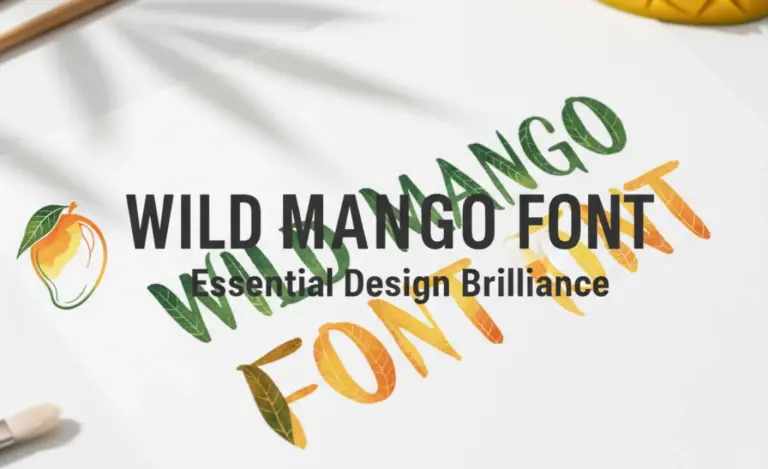
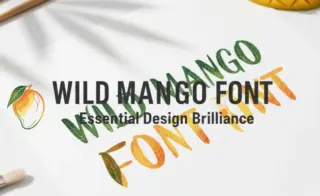
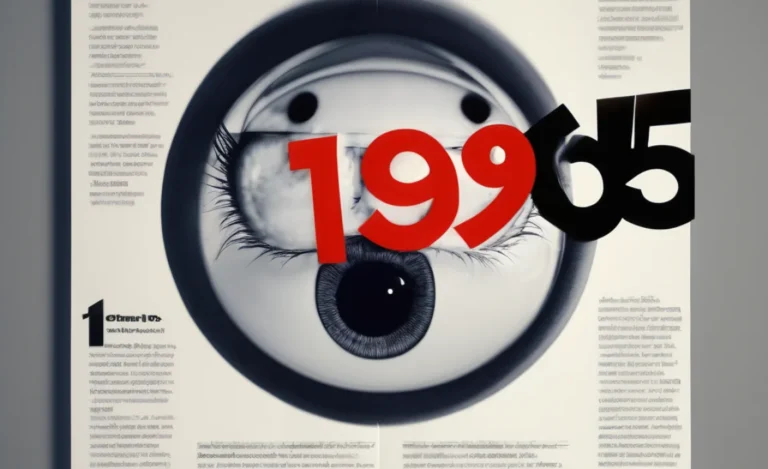
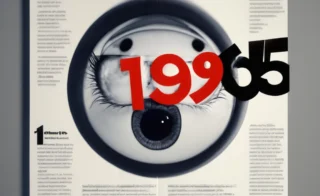

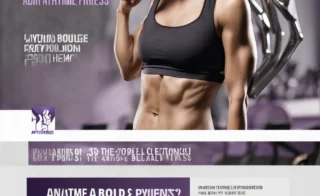
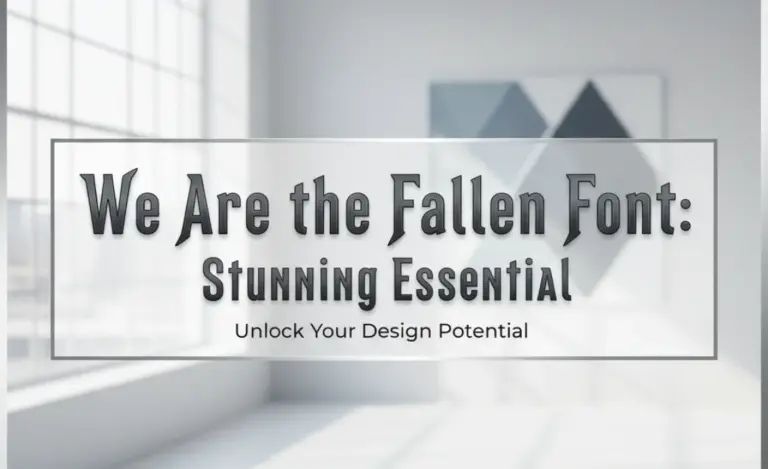

Leave a Comment